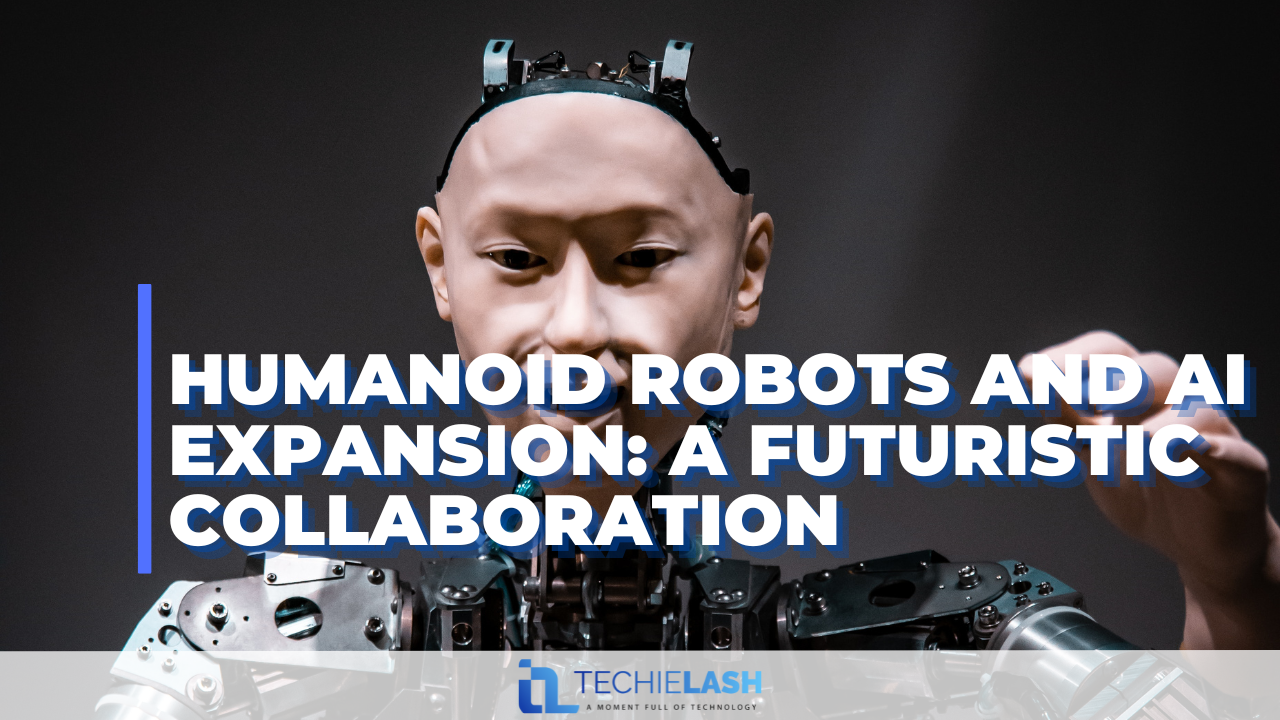Humanoid Robots and AI Expansion: A Futuristic Collaboration

With the advancement of AI, we can see that AI is powering every aspect of the world. With these types of gadgets, life is now easier than it was previously. Let's look at how artificial intelligence (AI) is being used to improve the performance of humanoid robots in this article.
What is a humanoid robot?
A robot that has a similar body shape to a human is called a humanoid robot. We have seen them commonly in sci-fi movies such as “A.I. Rising” and “Hi AI”. Now it has been changed to include not only movies but also the real world. These robots are built for various purposes, such as domestic and industrial use cases, entertainment purposes, and military and government use cases.
Types of Humanoid Robots
Industrial humanoid robots
These robots are used for manufacturing or other industrial purposes. In contrast to other humanoid robots, these robots are often more expensive. They can operate for extended periods without getting tired and are considerably more durable.
Consumer Humanoid Robots
These robots are designed for personal use. Compared to other humanoid robots, these are less expensive. The design is much more user-friendly, and they are used for various tasks, such as assisting with domestic duties or being a companion.
Research humanoid robots
They have been designed for scientific research. They are often more expensive and have more advanced capabilities than industrial humanoid robots. They may be unable to work longer hours and are not as durable.
How is AI being used for humanoid robots?
Undoubtedly, the most fascinating area in robotics is artificial intelligence. Humanoid robots can learn from their surroundings and adapt to them thanks to AI algorithms that, over time, help them carry out duties more efficiently and accurately. Also, they can communicate with people more naturally due to their capacity to recognize and react to human gestures, facial emotions, and vocal commands.
In earlier stages, research was the primary objective of AI for humanoids. But now, humanoids are being created for a variety of non-research uses. They are employed in various roles and have been developed to carry out various human activities.
Robots with human traits come in wide different varieties. They have sensors that enable them to sense their surroundings. In contrast, someone has cameras that allow them to see objects properly. Whereas the motors, commonly known as actuators, are fixed in key locations and control their movement and motions.
Chat GPT, the most demanding AI-trained model that Open AI is developing, has released an API for Chat GPT, a startup attempt for the humanoid robot. This would be the turning point for advancing humanoid robots, as they have been well-trained. Following are some examples of advanced humanoid robots.
Nadine: Nadine is an empathic robot who greets people back, maintains eye contact, and recalls every conversation you've ever had with her.
Geminoid DK: This robot is a lifelike clone of Henry Scharfe's from the University of Aalborg.
Junco Chihira: Junco is a full-time Tokyo tourist information center employee.
Jia Jia: Jia Jia is the first humanoid robot made in China. In Shanghai, this humanoid robot from China charms the crowds.
Sophia: Sophia is regarded as the most sophisticated humanoid robot.
A new era in the development of humanoid robots has begun with the advancement of AI technology. To ensure that humanoid robots are utilized in ways that benefit society, it is crucial to continue to monitor and regulate their development and use.





